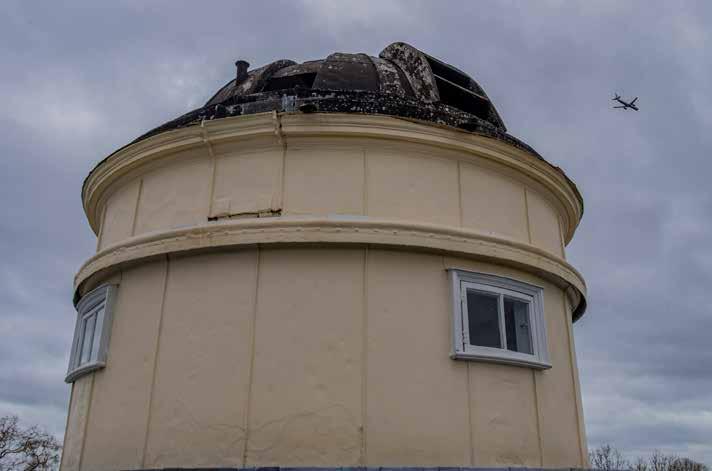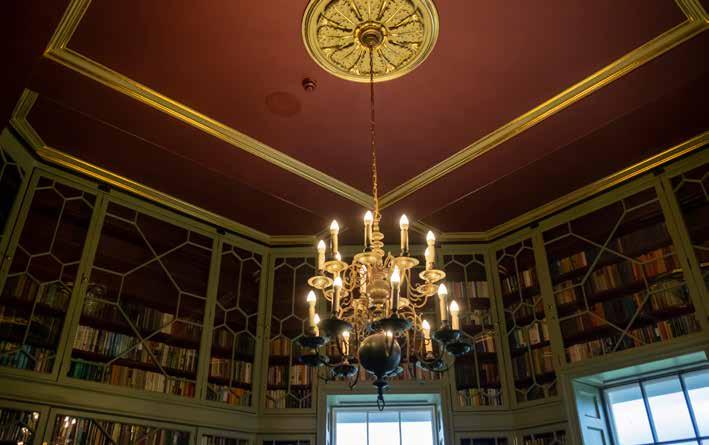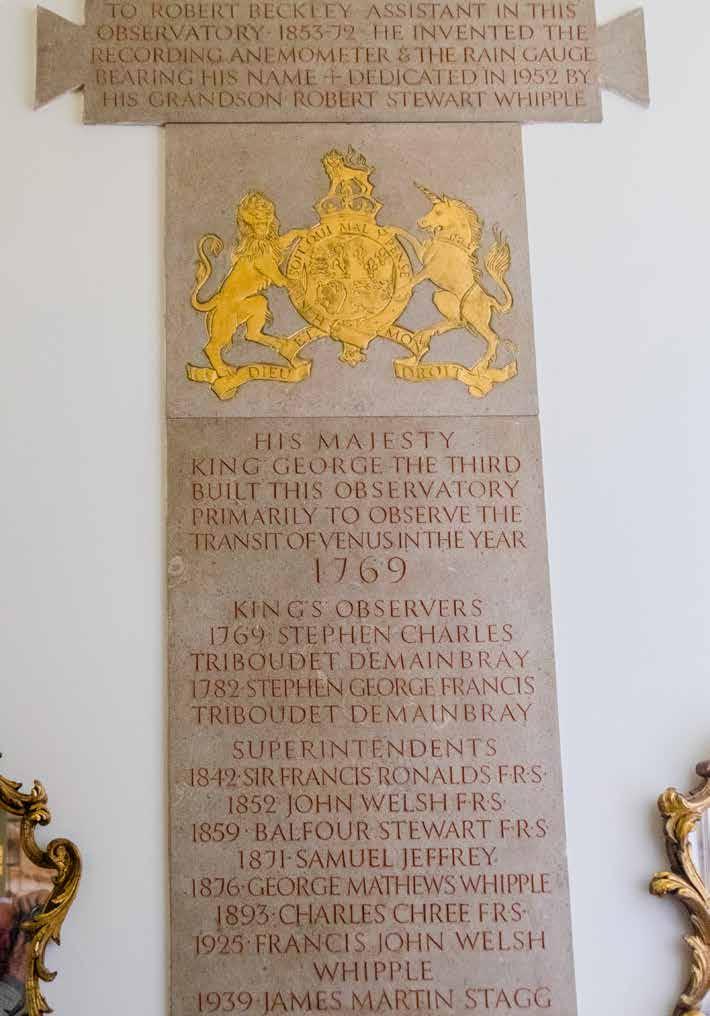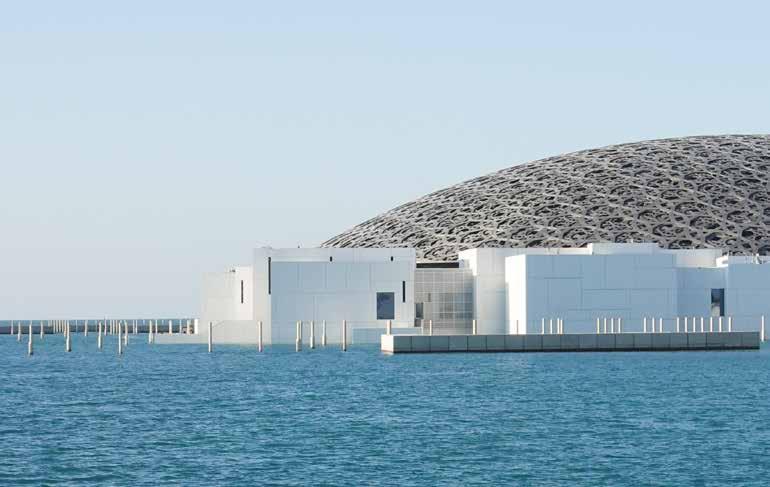
5 minute read
Louvre Abu Dhabi
Louvre Abu Dhabi
The Louvre Abu Dhabi, which opened in November 2017, is a major new gallery
devoted to heritage material spanning 7 millennia. The building is of interest
for its attractive design as well as for its contents. ROBERT GALLOWAY LRPS.
The Louvre Abu Dhabi has been designed and curated with advice and assistance provided by the Louvre in Paris. An idea of the scale of the project may be had from its cost, about 600m Euros for the building with an annual sum of about 400m Euros to be available for acquisitions. The French architect Jean Nouvel designed the building which opened in November 2017.
The building The Louvre Abu Dhabi is on Saadiyat Island, mostly projecting into the sea and with a park on the island in front of the building, see Figure 1. The galleries and other rooms are like large boxes, externally white, generally adjacent to one another and interconnected internally. Most of the white boxes, which resemble white flat roofed single story buildings, sit under a large circular shallow dome. The form of an umbrella comes to mind to one from a wet climate. However not being in a wet climate, the umbrella dome need not be water tight. The dome consists of seven layers and each layer is a structure of metal beams which form a particular pattern. Viewed from inside, the sky is mostly obscured by the beams in the seven layers of the dome, and it is like looking through the branches of trees: light can pass through the gaps to form patterns on the walls and floors, see Figure 2, with the patterns of light changing as the sun moves. This dome structure also permits hot air to pass out of the building through the dome. Between the twelve adjoining galleries housing the permanent exhibition and the large gallery for visiting exhibitions is a large Plaza looking rather like a street, see Figure 2.
Figure 2. The Plaza, Louvre Abu Dhabi.
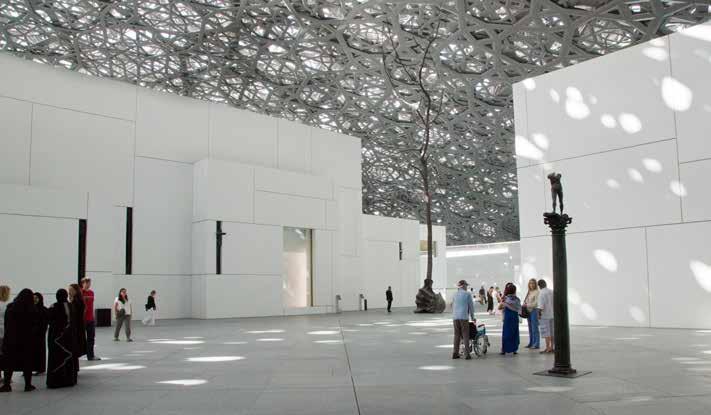
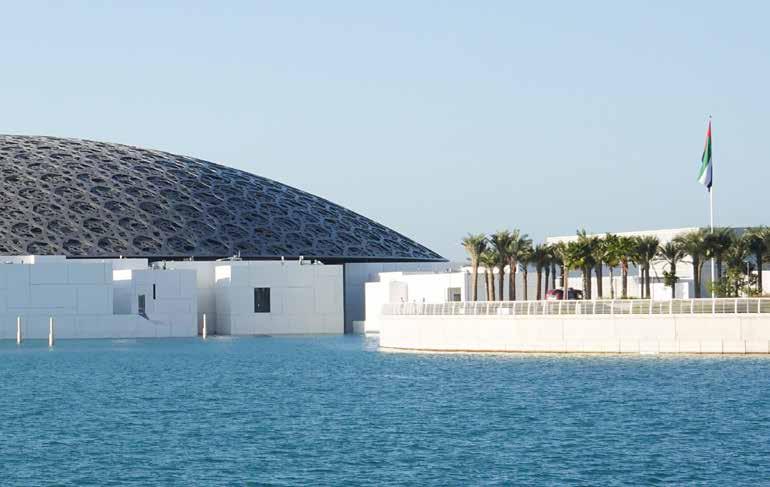
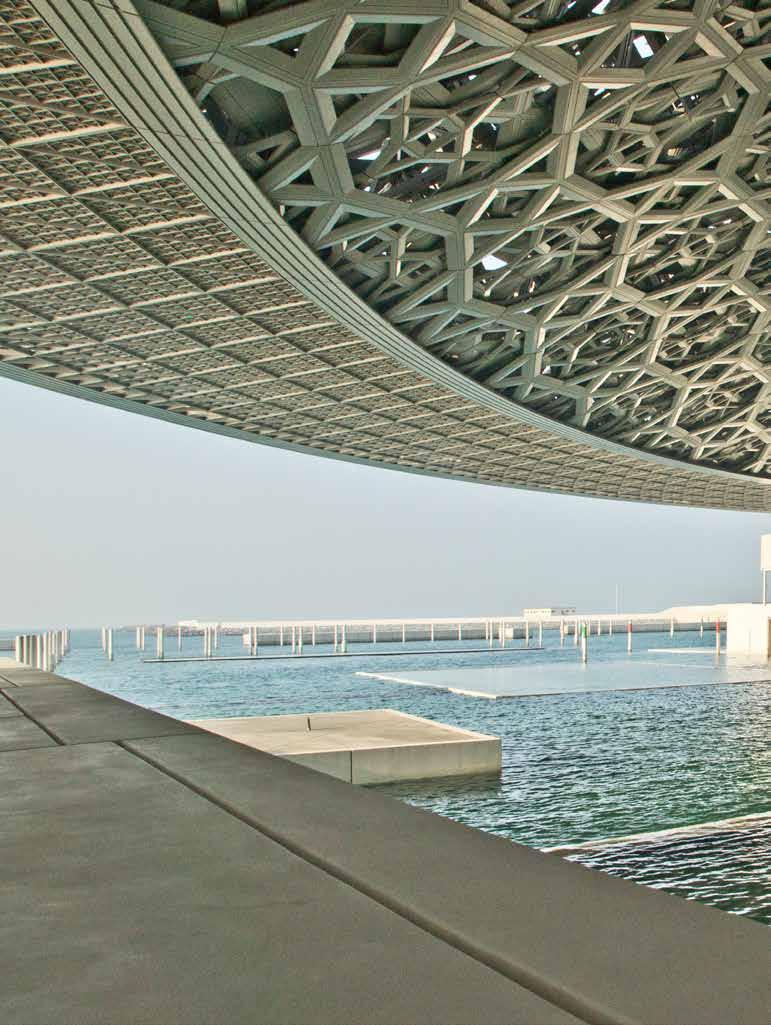

Figure 4. The Grand Vestibule.
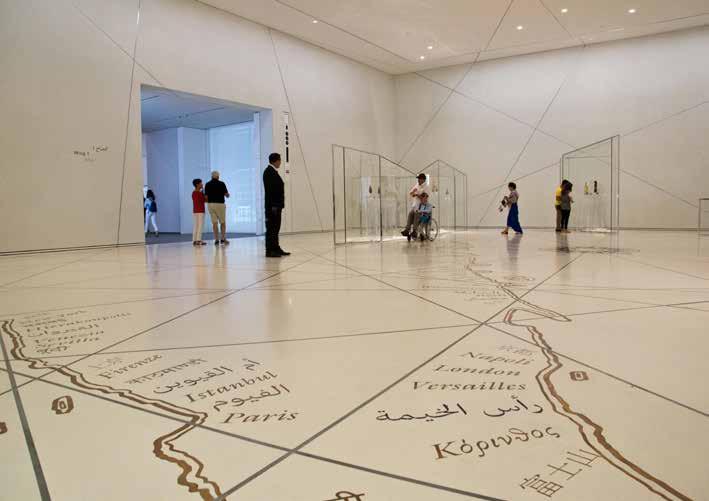
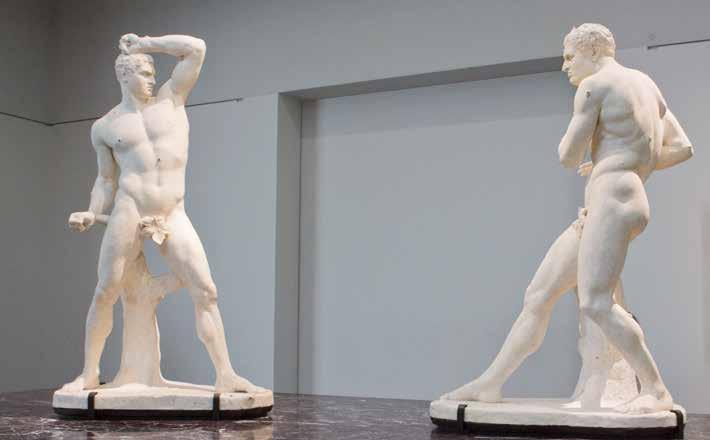

Figure 7. This vase with geometric motifs is the earliest piece of pottery found in the United Arab Emirates, at Marawah Island, Abu Dhabi. It is thought to be Mesopotamian and date from about 5500 BCE. (Department of Culture & Tourism, Abu Dhabi)
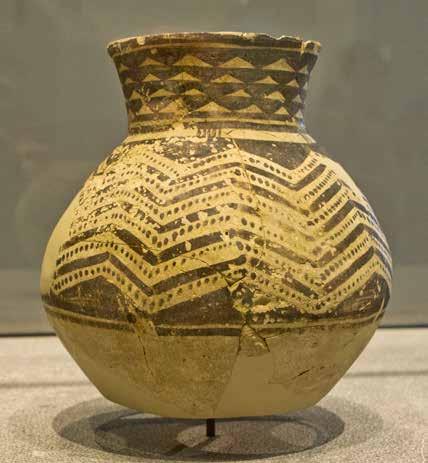
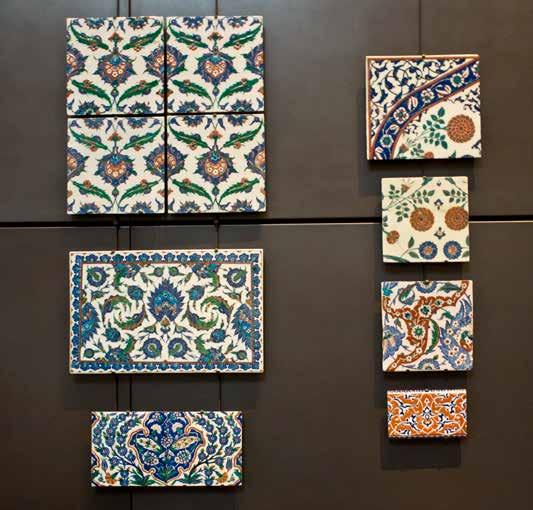
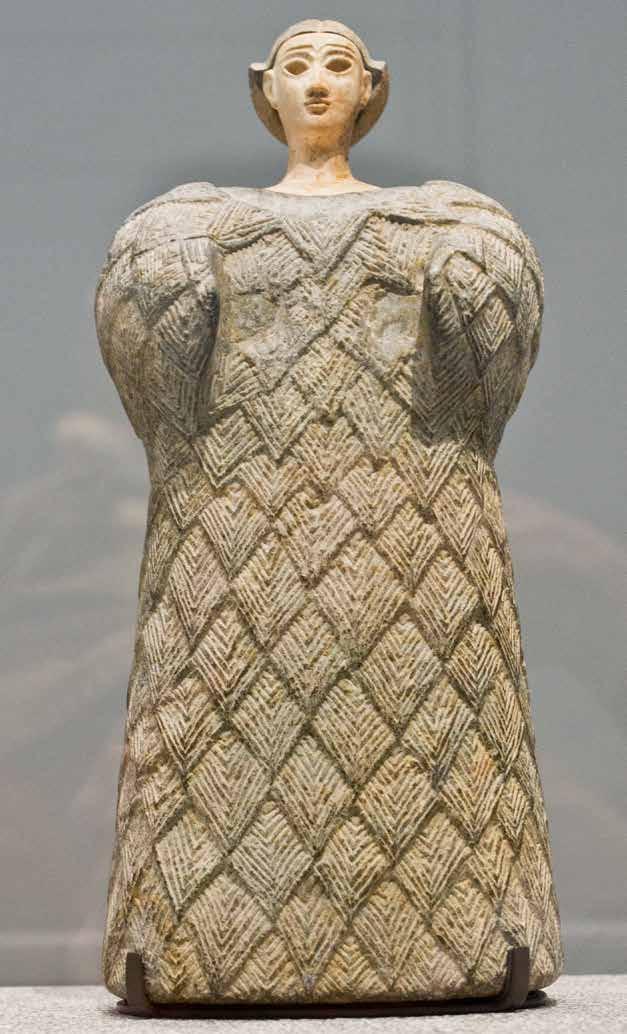
Figure 10. Monumental Lion; important Islamic work from Southern Spain or Southern Italy, hollow bronze, 1000 -1200.
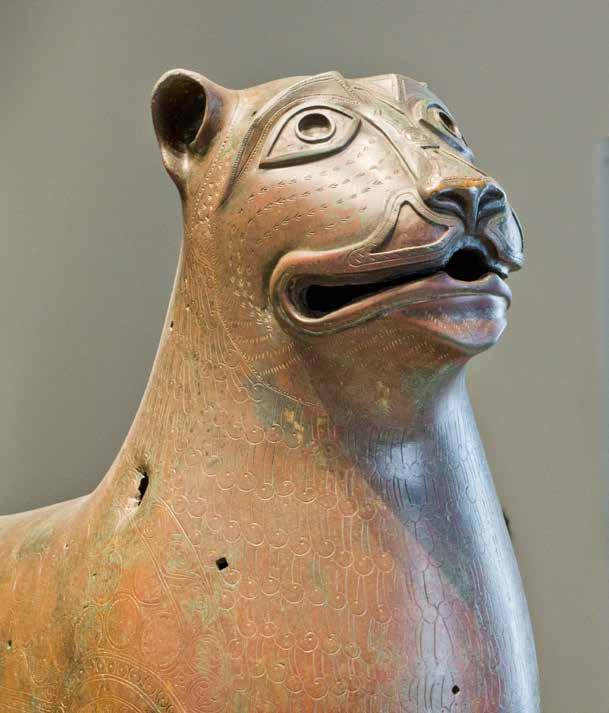
There is also a Children’s gallery, a Conference hall, a café, restaurant and shop. The galleries containing the permanent collection are entered through the Grand Vestibule, see Figure 4.
The Exhibits The “permanent” collection is said to comprise about 600 artefacts of which about half belong to the Louvre Abu Dhabi and the remainder are on long term loan, mainly from French Galleries, while the Louvre Abu Dhabi builds up its collection appropriately. The artefacts in the permanent collection range in age from 5500 BCE to the present century, in size from coins to larger than life statues and oil paintings. The geographical range is from around the Mediterranean eastwards on through Asia to China and Japan.
Clearly only a tiny selection can be shown here. I have chosen 6 examples to hint at the range of artefacts [figs. 5-10]. Five are owned by the Louvre Abu Dhabi. Details are from the captions accompanying the exhibits. The first Visiting Exhibition appropriately concerned the history of the Louvre Paris, the second concerned Globes of the World and of the Sky, while Treasures of the Arabian Peninsula is the current topic.
Photography The camera used was a Sony A77 with C size sensor, ISO 400 or 800, zoom lens 16mm – 50mm, f5.6, indoor 1/13- 1/50 sec., outdoor 1/400 sec., hand held, with RAW files processed in Lightroom.
The King’s Observatory, Richmond
I discovered the King’s Observatory purely by accident, whilst looking for interesting historic buildings to take my U3A group to, and searching Google Maps, saw a link to this undiscovered treasure. DAVID BALAAM
The Kings Observatory as seen approaching from the Golf Club drive.
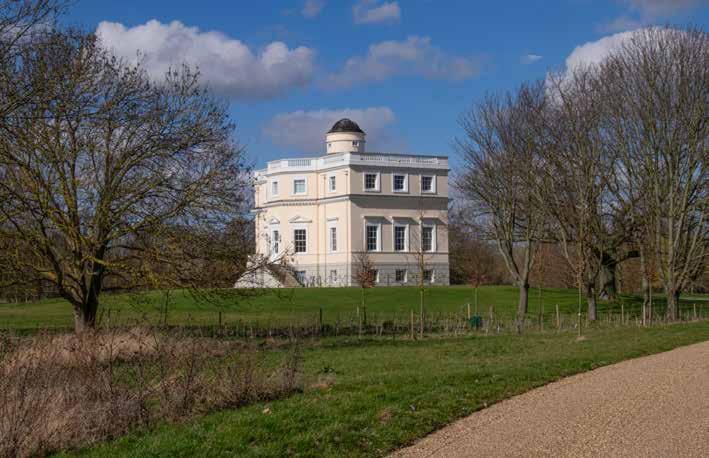
The Observatory was commissioned in 1769 by King George III, the architect being Sir William Chambers. The vast surrounding park was landscaped by Capability Brown. The King was keen on the sciences of the day and wanted to observe the heavens but in particular the transit of the Planet Venus across the face of the Sun which was then predicted to occur in 1769 From 1893 the Observatory passed through many hands, including in recent past as the head office of Autoglass. The building is now leased from the Crown Estate to Kew Holdings whose chief executive and passionate guardian of this historic place is Robbie Brothers. Robbie has painstakingly restored much of what the public see to the style, colour and atmosphere of the eighteenth century. He has included many precious, personal collections, especially from the Far East where he resides. The Observatory was opened twice in 2019 in February and October. Do check the website for future openings in 2020. Further information about this historic place can be found at https://www. kingsobservatory.co.uk
DAVID BALAAM
Telescope Cupola. The Cupola housing the telescope is the oldest of its type in the World and is where the passage of Venus across the face of the Sun was observed by the King, Queen Charlotte, the Superintendent of the Observatory Dr. Demainbray and others early in the morning of the 3rd June, 1769.
